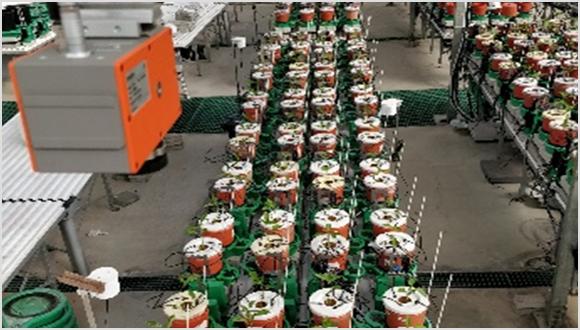דוקטורנטים מספרים - Shahar Weksler
Food security: Choosing the best plants for agriculture
Shahar Weksler
Supervisor: Prof. Eyal Ben-Dor
Global environmental changes, together with the constantly rising world population, present complex challenges to food security. It is estimated that by 2050, the world population will exceed nine billion people. To withstand these challenges, and to sustain human life, agricultural production must keep up with this trend of a rapidly growing population coupled with environmental problems in order to sustain human life. Plant phenomics is defined as the study of plant growth, performance, and composition, and phenomics systems are designed to select the best plants with a desired phenotype to be bred or planted in the field. Phenotypes, such as improved yield and growth rates, pest resistance, and resistance to abiotic stresses resistance have become the main focal point for phenomics systems designed to select the best plants with a desired phenotype.
Hi, my name is Shahar Weksler. I’m a PhD student at Tel Aviv University at the remote sensing lab in the Geography department and also at the Department of Environmental Physics and Irrigation Institute of Soil, Water, and Environmental Sciences Agricultural Research Organization at the Volcani Center.
My research aims to model plants’ physiological attributes remotely, without actually touching them.
In order to better understand the relationship between plants’ specific attributes and their spectrum, I designed a mobile platform which carries a hyperspectral camera and a thermal camera in a research greenhouse. I am conducting a very interesting research project with pepper plants, combining my platform with another system called Plant-Array. It is designed for whole plant functional phenotyping such as drought or salinity resistance or recovery. During the daytime I record data from both systems every hour. The goal is to investigate how plants’ spectrum changes throughout the daytime, and how the correlation to the plants’ attributes is changing along with it. With that knowledge, I intend to create models to describe the plants’ physiological attributes using the captured images. I also and hope to be able to locate abiotic stress in the plants before it presents itself to the naked eye. I hope that the outcome of my PhD will aid agronomists produce better and greater crop yields.


